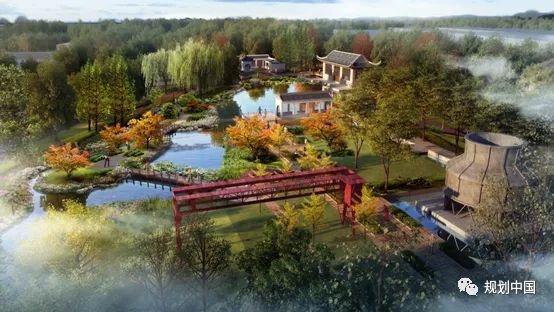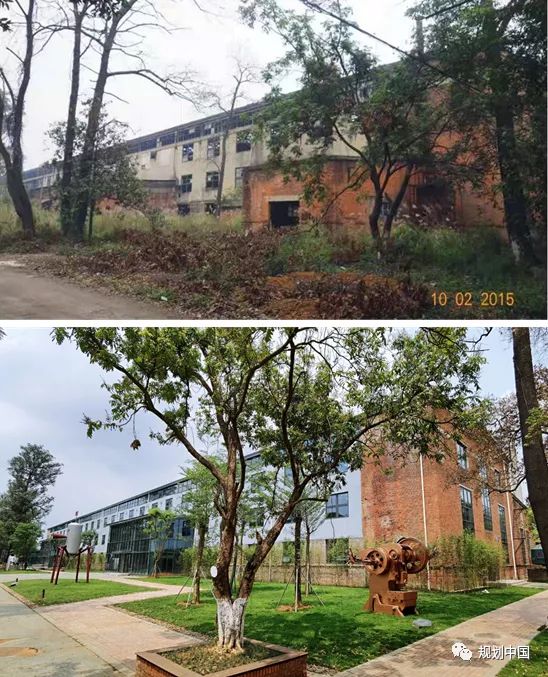Carry on Liuzhou Industrial Culture and Promote Urban Transformation and Development


Project classification:
Historical & Cultural Preservation & Inheritance
Person in charge:
Su Yuan, Wang Jun
I. Location of Project
Liuzhou, Guangxi Zhuang Autonomous Region
II. Protection of the Historic and Cultural City
Liuzhou is one of the third batch of national historic and cultural cities in China, and industrial culture is one of the core values of Liuzhou. After a thorough study of the characteristics of the historical and cultural values of Liuzhou, especially that of industrial culture, CAUPD called for systematic protection, explored ways to make use of industrial heritage and combined it with urban functions, optimized the urban spatial structure, tappedthe potential of existing industrial space, spurred the vitality and rejuvenation of the area, and guided the urban transformation.
III. Protection and Renewal of Old Liuzhou Air Compressor Factory
The protection and renewal of the old Liuzhou Air Compressor Factory is a representative protection case of Liuzhou. CAUPD formulated the Protection and Renewal Planning and Design of the Old Liuzhou Air Compressor Factory, established a complete system framework of protection and renewal, and laid down detailed planning and design strategies and measures, so that the spatial pattern and landscape features of the old factory area were improved, the industrial heritage was preserved, repaired and rationally utilized, the typical equipment and facilities were fully protected and displayed, and cultural functions were organically implanted.
First, establish a protection system based on core values. Protected such technical spaces as location pattern, functional layout, and technological procedures; preserved technical carriers such as buildings, structures, typical equipment and facilities; protected and utilized the production environment such as the primary processing area on the west side - the most characteristic place of the old factory area, forming a network of slow-traffic recreational routes; preserved in situ important historic information of the old factory area, and converted the original forging and sand-cleaning shopLiuzhou Air Compressor History and Culture Museum to fully display the development and history of the old factory.
Second, take the opportunity of land-use conversion to spur functional transformation. We positioned the old factory as a characteristic urban center featuring industrial experience, cultural activities and creative design, and cultivated and guided the development of characteristic functions; built a new spatial organization model centering on the old factory and was life-oriented, green, open and shared by all. We used the slow-traffic network to connect various characteristic elements, and combined it with such functions as contemporary art space, cultural performance, and communication to form a unique space for public activities.
Third, reconstruct spatial landscape based on brownfield governance. Given the needs of building repair and new functions, we took a holistic approach in determining the strategy of soil pollution remediation. Through the construction of "sponge parks", we enhanced the overall ecological function of the site and the "resilience" in the face of disasters. Using the technique of "view-borrowing", we designed a number of viewing corridors, and constructed observation towers and viewing platforms at the intersection of important landscape corridors, so as to incorporate the landscape of the solitary mountain into the public space system of the entire region.
